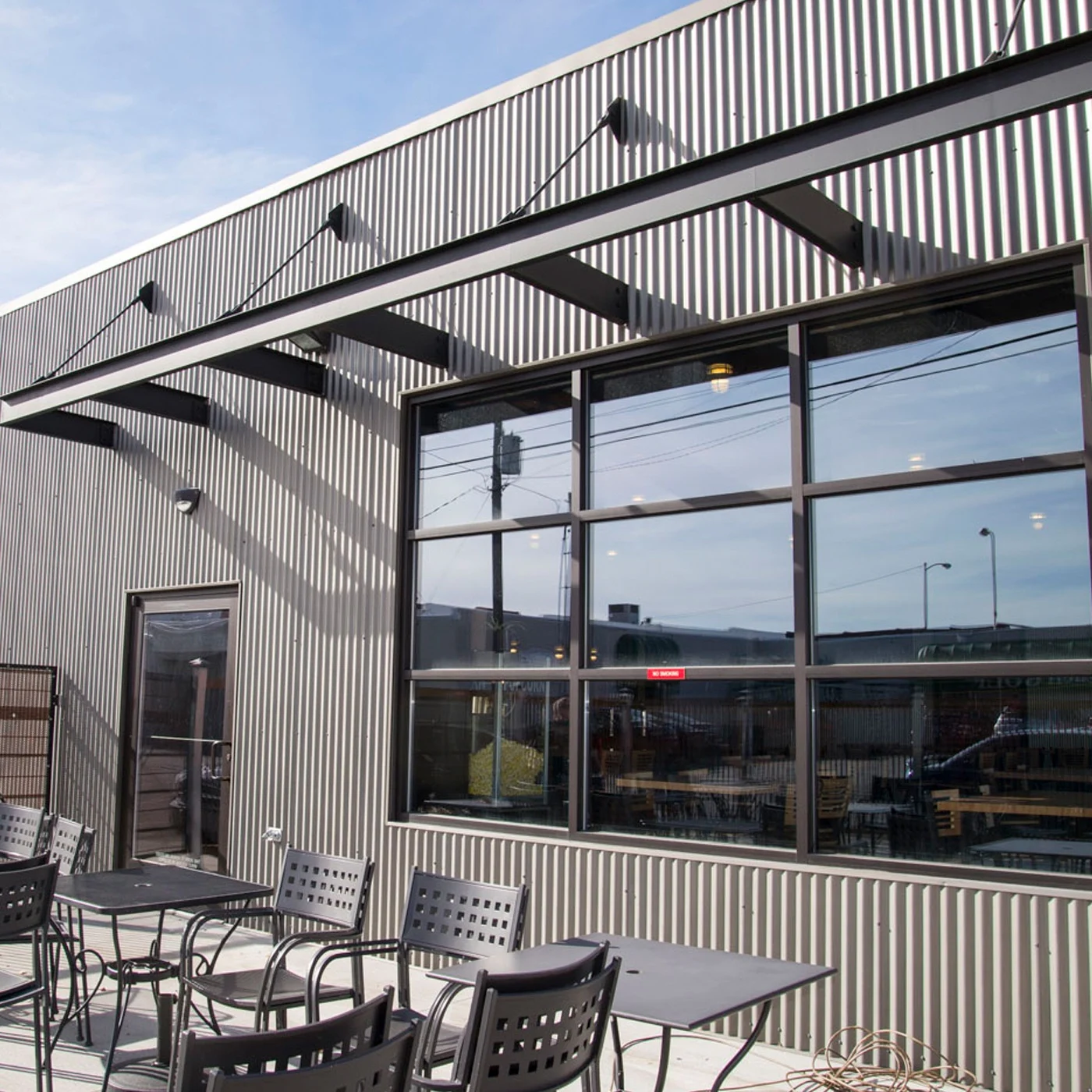

Articles
What Is Metal Siding
Modified: August 24, 2024
Discover the benefits and options of metal siding with our informative articles. Find out why metal siding is a durable and stylish choice for your home.
(Many of the links in this article redirect to a specific reviewed product. Your purchase of these products through affiliate links helps to generate commission for Storables.com, at no extra cost. Learn more)
Introduction
Metal siding is a popular and versatile choice for residential and commercial buildings. It provides a durable and stylish exterior cladding that can withstand the elements while adding a modern touch to any structure. Whether you’re building a new home or renovating an existing one, metal siding offers numerous benefits that make it an attractive option.
In this article, we will explore the world of metal siding, discussing its definition, the types of metal used, the advantages it offers, the installation process, maintenance and care, cost considerations, and its environmental impact. By the end, you will have a comprehensive understanding of metal siding and why it may be the right choice for your next project.
Metal siding is a type of cladding made from various metals, such as steel, aluminum, copper, or zinc. It is designed to protect the underlying structure from moisture, temperature extremes, and other environmental elements. Metal siding is available in different profiles, including vertical panels, horizontal planks, and shingles, providing flexibility in design and allowing for customization to suit individual preferences.
One of the key benefits of metal siding is its durability. Metal is resistant to rot, termites, and fire, making it a long-lasting and low-maintenance option. It can withstand harsh weather conditions, including heavy rainfall, strong winds, and UV exposure, without warping or fading. This durability ensures that your siding will retain its beauty and structural integrity for many years.
In addition to its durability, metal siding offers excellent protection against moisture. Unlike wood or vinyl siding, metal does not absorb water, reducing the risk of mold or mildew growth. It also provides a strong barrier against pests, such as insects or rodents, that can infiltrate other types of cladding.
Another advantage of metal siding is its versatility in terms of design. It comes in a wide range of colors, finishes, and textures, allowing you to achieve the desired aesthetic for your building. Whether you prefer a sleek and modern look or a rustic and traditional style, metal siding can accommodate your vision.
Furthermore, metal siding is an environmentally friendly choice. Many metal siding materials are recyclable, reducing waste and contributing to sustainability efforts. Additionally, metal reflects heat, reducing cooling costs and energy consumption during hotter months.
In the next sections, we will delve deeper into the types of metal used for siding, the installation process, maintenance and care requirements, the cost considerations, and the environmental impact of metal siding. Let’s explore the world of metal siding and discover why it is a fantastic option for your next building project.
Key Takeaways:
- Metal siding offers durability, low maintenance, and energy efficiency, making it a sustainable and attractive cladding option for residential and commercial buildings.
- With its recyclability, resistance to pests and weathering, and customizable design, metal siding provides a long-lasting and environmentally friendly solution for exterior cladding.
Read more: How To Patch Metal Siding
Definition of Metal Siding
Metal siding refers to a type of cladding or protective covering made from various metals, such as steel, aluminum, copper, or zinc, that is installed on the exterior walls of residential or commercial buildings. Its primary purpose is to shield the underlying structure from the damaging effects of the elements, including moisture, temperature fluctuations, and harsh weather conditions.
Metal siding is designed to be durable, long-lasting, and low-maintenance, making it an attractive option for homeowners and property owners. It offers excellent resistance to rot, warping, termites, and fire, ensuring the structural integrity of the building remains intact for years to come.
One of the key features of metal siding is its versatility in design. It is available in a variety of profiles and styles, including vertical panels, horizontal planks, and shingles, allowing for customization and flexibility in achieving the desired aesthetic. Whether you prefer a sleek and modern look or a more traditional and rustic appearance, metal siding can be tailored to suit your preferences.
Metal siding also provides excellent protection against moisture infiltration. Unlike certain other types of cladding materials, such as wood or vinyl, metal does not absorb water, which reduces the risk of mold, mildew, or rot. This moisture resistance helps maintain a healthy indoor environment and minimizes maintenance requirements.
Furthermore, metal siding offers enhanced durability compared to alternative cladding options. It is designed to withstand various weather conditions, including heavy rain, strong winds, snow, and UV exposure, without deteriorating or warping. This resilience ensures that the building maintains its structural integrity and appearance, even in the face of harsh environmental conditions.
In addition to its functional benefits, metal siding is also favored for its sustainability. Many metal siding materials are recyclable, making them an eco-friendly choice. Additionally, metal reflects heat, reducing the reliance on air conditioning and energy consumption during warmer months, resulting in potential energy savings and lower carbon emissions.
To summarize, metal siding is a protective cladding made from metals such as steel, aluminum, copper, or zinc that is installed on the exterior walls of buildings. It offers durability, versatility in design, moisture resistance, and enhanced protection against the elements. With its low-maintenance requirements and sustainability features, metal siding is a popular choice for both residential and commercial projects.
Types of Metal Used for Siding
Metal siding is available in a variety of materials, each offering unique characteristics and aesthetic appeal. The choice of metal used for siding depends on factors such as budget, desired appearance, and environmental considerations. Here are some of the most common types of metal used for siding:
1. Steel: Steel is one of the most popular choices for metal siding due to its strength and durability. It is available in different gauges and finishes, allowing for customization according to specific project requirements. Steel siding is known for its resistance to dents and scratches, making it an excellent choice for areas prone to impact or extreme weather conditions.
2. Aluminum: Aluminum siding is lightweight, corrosion-resistant, and a popular choice for residential applications. It is available in a wide range of colors and finishes and can be easily shaped and formed to achieve different profiles and textures. Aluminum siding is known for its low maintenance requirements and is often chosen for its affordability and versatility.
3. Copper: Copper siding is renowned for its elegant and timeless appearance. Over time, copper develops a unique patina that adds character and charm to the building’s exterior. It is a premium choice that provides exceptional durability and resistance to corrosion. Though more expensive than other metals, copper siding offers a luxurious and distinctive look that appeals to many homeowners.
4. Zinc: Zinc siding offers a modern and sleek aesthetic, with its smooth finish and natural gray color. It is highly resistant to corrosion and requires minimal maintenance. Zinc siding is known for its self-healing properties, as scratches and imperfections in the surface naturally blend over time. Additionally, zinc is recyclable, making it an environmentally friendly choice.
5. Galvanized Steel: Galvanized steel siding is steel that has been coated with a layer of zinc to enhance its corrosion resistance. This type of siding is valued for its strength and longevity. Galvanized steel siding is often used in commercial applications or in areas with high exposure to moisture or salt spray, such as coastal regions.
These are just a few examples of the types of metals used for siding. Each material offers its own unique set of advantages and characteristics, allowing homeowners and builders to create a customized exterior that suits their needs and preferences. It is essential to consult with professionals or suppliers to determine the best metal option for your specific project requirements.
Benefits of Metal Siding
Metal siding offers numerous advantages that make it a popular choice for residential and commercial buildings. From its durability to its aesthetic appeal, metal siding provides a range of benefits. Here are some of the key advantages of using metal siding for your building project:
1. Durability: Metal siding is highly durable and can withstand extreme weather conditions, such as heavy rain, strong winds, and hail. Unlike other materials like wood or vinyl, metal resists rotting, warping, and cracking. It is also resistant to pests, such as termites, which can be a major concern with wooden siding.
2. Longevity: Metal siding is built to last. It is designed to endure for decades without fading, peeling, or deteriorating in appearance. Metal is also resistant to fire, ensuring the safety of your property.
3. Low Maintenance: Metal siding requires minimal maintenance compared to other cladding materials. Unlike wood, which needs to be repainted or stained regularly, metal siding maintains its color and finish over time with minimal effort. Occasional cleaning to remove dirt and debris is usually all that is required to keep metal siding looking its best.
4. Versatility in Design: Metal siding comes in various profiles, styles, colors, and finishes, allowing for flexibility in design choices. Whether you prefer a traditional or contemporary look, metal siding can be customized to match your aesthetic preferences.
5. Energy Efficiency: Metal siding has excellent thermal resistance properties. It can help insulate a building, reducing heat loss in colder months and heat gain in warmer months. This can lead to energy savings and reduced utility costs.
6. Environmentally Friendly: Metal siding is a sustainable option. Many metal materials used for siding, such as steel and aluminum, are recyclable and can be repurposed at the end of their lifespan. Additionally, metal reflects heat, reducing the need for excessive cooling during hot weather and contributing to overall energy efficiency.
7. Increased Property Value: Metal siding can enhance the curb appeal and value of your property. Its sleek and modern appearance, combined with its durability and low maintenance requirements, makes it an attractive feature for potential buyers or tenants.
8. Weather Resistance: Metal siding is designed to withstand all types of weather conditions, from heavy rain and snow to strong winds and UV exposure. It is resistant to moisture and does not absorb water, which helps prevent issues such as mold, rot, or insect infestation.
Overall, metal siding offers a durable, low maintenance, energy-efficient, and aesthetically pleasing option for both residential and commercial building projects. Its longevity, versatility, and environmentally friendly features make it an excellent choice for those seeking a high-quality cladding material that will stand the test of time.
Installation Process of Metal Siding
Installing metal siding requires careful planning and attention to detail to ensure a successful and durable outcome. While it is recommended to hire a professional contractor for the job, understanding the general installation process can help you make informed decisions and communicate effectively with your chosen team. Here are the key steps involved in installing metal siding:
1. Prepare the Surface: Before installing metal siding, the existing exterior surface needs to be prepared. This involves removing any old siding or cladding, repairing damaged areas, and ensuring a clean and level surface. Any protrusions, such as electrical boxes or windows, should be properly measured and accounted for in the installation process.
2. Install the Moisture Barrier: A moisture barrier, such as building wrap or house wrap, should be applied over the sheathing to provide additional protection against moisture infiltration. This barrier helps prevent water from seeping behind the siding and causing damage to the underlying structure.
3. Measure and Cut the Siding Panels: Once the surface is prepared, the metal siding panels can be measured and trimmed to the appropriate size. It is important to take accurate measurements to ensure a proper fit and a visually pleasing outcome. Cutting the panels can be done using specialized metal cutting tools or a circular saw with a metal cutting blade.
4. Attach the Siding Panels: The siding panels are then attached to the exterior wall surface. This can be done by using screws, nails, or clips specifically designed for metal siding installation. It is crucial to follow the manufacturer’s guidelines for proper attachment and spacing to ensure the panels are securely fastened.
5. Overlap and Interlock the Panels: Metal siding panels are typically designed with interlocking edges that allow for a seamless and secure installation. The panels should be overlapped properly to create a water-tight barrier and prevent water infiltration between the panels. This overlapping technique varies depending on the specific profile and style of the siding chosen.
6. Trim and Flashing Installation: Once the siding panels are installed, trim pieces and flashing should be added to provide a finished look and further protect against water entry. These components, such as corner trims, J-channels, and drip edges, help direct water away from vulnerable areas, such as windows, doors, and corners.
7. Finishing Touches: After the siding panels, trim, and flashing are in place, any remaining details, such as caulking, sealing, or paint touch-ups, should be addressed. These finishing touches help ensure a professional and polished appearance while providing additional protection against the elements.
It is important to note that the specific installation process may vary depending on the type of metal siding and the manufacturer’s instructions. Therefore, it is essential to consult the product documentation or seek professional guidance to ensure the proper installation of the chosen metal siding.
By following these steps and working with skilled professionals, you can ensure that your metal siding is installed correctly, providing a durable and visually appealing exterior for your building.
When installing metal siding, make sure to properly seal all seams and joints to prevent water infiltration and potential damage to the underlying structure.
Read more: How To Cut Metal Siding
Maintenance and Care for Metal Siding
Metal siding is known for its durability, low maintenance requirements, and resistance to the elements. However, regular maintenance and care are still necessary to ensure its longevity and keep it looking its best. By following these maintenance tips, you can keep your metal siding in optimal condition for years to come:
1. Regular Cleaning: Metal siding should be cleaned periodically to remove dirt, dust, and other debris that can accumulate on the surface. Use a garden hose or pressure washer on a low setting to rinse off the siding. For stubborn dirt or stains, a mild detergent diluted in water can be used. Avoid abrasive cleaners or materials that can scratch or damage the surface.
2. Inspect for Damage: Regularly inspect your metal siding for any signs of damage, such as dents, scratches, or corrosion. Addressing these issues promptly can prevent further damage and maintain the integrity of your siding. Replace or repair any damaged sections as needed.
3. Check for Loose Fasteners: Over time, the fasteners used to secure the metal siding may become loose due to natural expansion and contraction. Inspect the siding periodically and tighten any loose screws or nails. Be careful not to overtighten, as this can cause damage to the siding.
4. Paint Touch-Ups: If your metal siding is painted, touch-ups may be required over time to maintain its appearance and protect against corrosion. Scratches or areas of peeling paint should be sanded lightly and repainted to match the surrounding surface. Follow the manufacturer’s instructions for proper paint selection and application.
5. Preventative Measures: Take preventive measures to protect your metal siding from potential damage. Trim any overhanging tree branches that could scrape against the siding during strong winds. Keep gutters and downspouts clean to prevent water overflow and potential moisture damage to the siding.
6. Inspect Caulking and Seals: Check the caulking and seals around windows, doors, and other penetrations regularly. Ensure that they are intact and in good condition. Replace any deteriorated caulking to maintain a weather-tight seal and prevent water infiltration behind the siding.
7. Avoid Harsh Chemicals: When cleaning your metal siding, avoid using harsh chemicals or cleaners that may corrode or damage the surface. Stick to gentle cleaning solutions and non-abrasive materials to protect the integrity and appearance of the siding.
8. Professional Inspections: Consider scheduling periodic professional inspections to assess the overall condition of your metal siding. An experienced contractor can identify any potential issues or areas that require attention, providing recommendations for repairs or maintenance.
By following these maintenance practices, you can ensure that your metal siding remains in excellent condition while preserving its aesthetic appeal and durability. Regular cleaning, inspections, and timely repairs will help extend the lifespan of your metal siding and protect your investment.
Cost of Metal Siding
When considering metal siding for your building project, it’s essential to understand the cost factors involved. The overall cost of metal siding can vary depending on several factors, such as the type of metal used, the size of the project, the complexity of the design, and the region you are in. Here are some key factors that contribute to the cost of metal siding:
1. Metal Material: The type of metal used for the siding will significantly impact the cost. Steel is typically more affordable compared to premium metals like copper or zinc. Aluminum falls in the mid-range in terms of cost. Consider the desired aesthetic, durability, and budget when selecting the metal material for your siding.
2. Siding Style and Profile: Different styles and profiles of metal siding may vary in cost. For example, vertical panels, horizontal planks, or shingles have different price points. Intricate or custom profiles may require additional labor and materials, which can increase the overall cost.
3. Installation Complexity: The complexity of the installation can affect the cost. Factors such as the number of corners, windows, and doors, as well as the overall design complexity, can increase the labor and time required for installation, thus impacting the cost.
4. Labor Costs: The cost of labor for installing metal siding will depend on the region, the experience of the contractor, and market demand. It’s recommended to obtain multiple quotes from reputable contractors to compare pricing for your specific project.
5. Insulation and Underlayment: Depending on the climate and insulation requirements, additional costs may be incurred for insulation materials and underlayment to improve energy efficiency and provide a thermal barrier.
6. Finish and Coatings: The finish and coatings applied to the metal siding can affect the cost. Some finishes or coatings may provide enhanced durability, corrosion resistance, or aesthetic appeal, which may increase the overall cost.
7. Maintenance and Longevity: Although metal siding may have higher upfront costs compared to other materials, its long-term durability and low maintenance requirements can help offset those expenses over time. Consider the long-term benefits and potential savings when evaluating the overall cost.
It’s important to obtain detailed quotes from contractors or suppliers to accurately estimate the cost of your metal siding project. Be sure to discuss your specific requirements, including desired metal type, siding style, and any additional features or customization you may want.
Keep in mind that investing in high-quality materials and professional installation is essential for ensuring the longevity and performance of your metal siding. While cost is an important consideration, it’s equally important to focus on the overall value, durability, and aesthetic appeal that metal siding can provide for your building.
Environmental Impact of Metal Siding
Metal siding offers several environmental benefits when compared to other siding materials. From its recyclability to its energy efficiency, metal siding can be a sustainable choice for your building project. Here are some key aspects of the environmental impact of metal siding:
1. Recyclability: One of the significant advantages of metal siding is its recyclability. Many metal siding materials, such as steel and aluminum, are highly recycled and can be repurposed at the end of their lifespan. Recycling metal reduces the need for new raw materials and minimizes waste sent to landfills, making metal siding an eco-friendly choice.
2. Energy Efficiency: Metal siding can contribute to improved energy efficiency in buildings. Metal has high reflectivity, meaning it can reflect a significant amount of solar radiation. This reflection can help reduce the heat gain in the summer months, resulting in lower cooling costs. Additionally, metal siding can act as an insulating barrier, helping to reduce heat loss in the winter, leading to potential energy savings throughout the year.
3. Reduced Need for Maintenance: Metal siding requires minimal maintenance compared to other materials. Unlike wood that needs regular painting, staining, or replacement, metal siding can retain its appearance and structural integrity without significant upkeep. This reduces the use of resources, such as paints, stains, and sealants, and minimizes the environmental impact associated with ongoing maintenance.
4. Durability and Longevity: Metal siding is known for its durability and longevity. Its resistance to rot, pests, and weathering ensures that it remains in good condition for many years. The long lifespan of metal siding reduces the need for frequent replacements, further reducing waste and its impact on the environment.
5. Sustainable Manufacturing Practices: The manufacturing processes for metal siding have become increasingly sustainable. Many manufacturers prioritize using recycled content in their production, minimizing the use of virgin materials. Additionally, some metal siding manufacturers implement practices to reduce energy consumption, water usage, and carbon emissions during the manufacturing process.
6. Reduced Environmental Hazards: Metal siding does not emit harmful chemicals into the environment, making it a safe and non-toxic option for your building. Unlike some other materials, metal siding does not release volatile organic compounds (VOCs), which can contribute to poor indoor air quality and environmental pollution.
7. Reduced Cooling Demand: As mentioned earlier, metal siding’s reflective properties can reduce cooling costs by minimizing heat absorption into the building. By reducing the demand for air conditioning, the overall energy consumption and environmental impact associated with cooling can be reduced.
It is important to note that the sustainability of metal siding also depends on responsible disposal practices at the end of its lifespan. If properly recycled, the metal can be reused, reducing the demand for new materials and minimizing waste.
By choosing metal siding for your building project, you can contribute to sustainability efforts by opting for a durable, energy-efficient, and recyclable material. Consult with professionals and suppliers to ensure that the metal siding you choose aligns with your sustainability goals and meets environmental standards.
Conclusion
Metal siding offers a multitude of benefits that make it a practical and appealing choice for both residential and commercial buildings. From its durability to its aesthetic versatility, metal siding provides a reliable and attractive exterior cladding option.
By opting for metal siding, you can enjoy a long-lasting solution that can withstand the harshest weather conditions, resist pests and rot, and require minimal maintenance. Its wide range of profiles, styles, colors, and finishes allows for customization to suit any architectural design preference. Whether you prefer a sleek and modern look or a traditional and rustic appearance, metal siding can be tailored to match your vision.
Not only is metal siding durable, but it is also a sustainable choice. Many metal materials used for siding, such as steel and aluminum, are recyclable, reducing waste and supporting environmental initiatives. Additionally, metal siding’s energy efficiency contributes to reduced cooling costs and overall energy consumption, which can lead to lower carbon emissions.
The installation process, although best left to professionals, ensures a proper fit and finish for optimal performance. Regular maintenance and care, such as cleaning and inspections, help maintain the siding’s appearance and ensure its longevity.
While the initial cost of metal siding may be higher compared to other materials, its long-term benefits, including durability, low maintenance requirements, and energy efficiency, make it a worthwhile investment. The superior lifespan of metal siding reduces the need for frequent replacements, resulting in cost savings over time.
In conclusion, metal siding offers a combination of durability, versatility, aesthetics, and sustainability. Its ability to withstand the elements, maintain its appearance, and contribute to energy efficiency makes it an excellent choice for enhancing the exterior of your building. Consult with professionals and suppliers to choose the right metal material, style, and installation process for your specific project needs. With metal siding, you can enjoy a beautiful, durable, and environmentally friendly exterior that will stand the test of time.
Frequently Asked Questions about What Is Metal Siding
Was this page helpful?
At Storables.com, we guarantee accurate and reliable information. Our content, validated by Expert Board Contributors, is crafted following stringent Editorial Policies. We're committed to providing you with well-researched, expert-backed insights for all your informational needs.
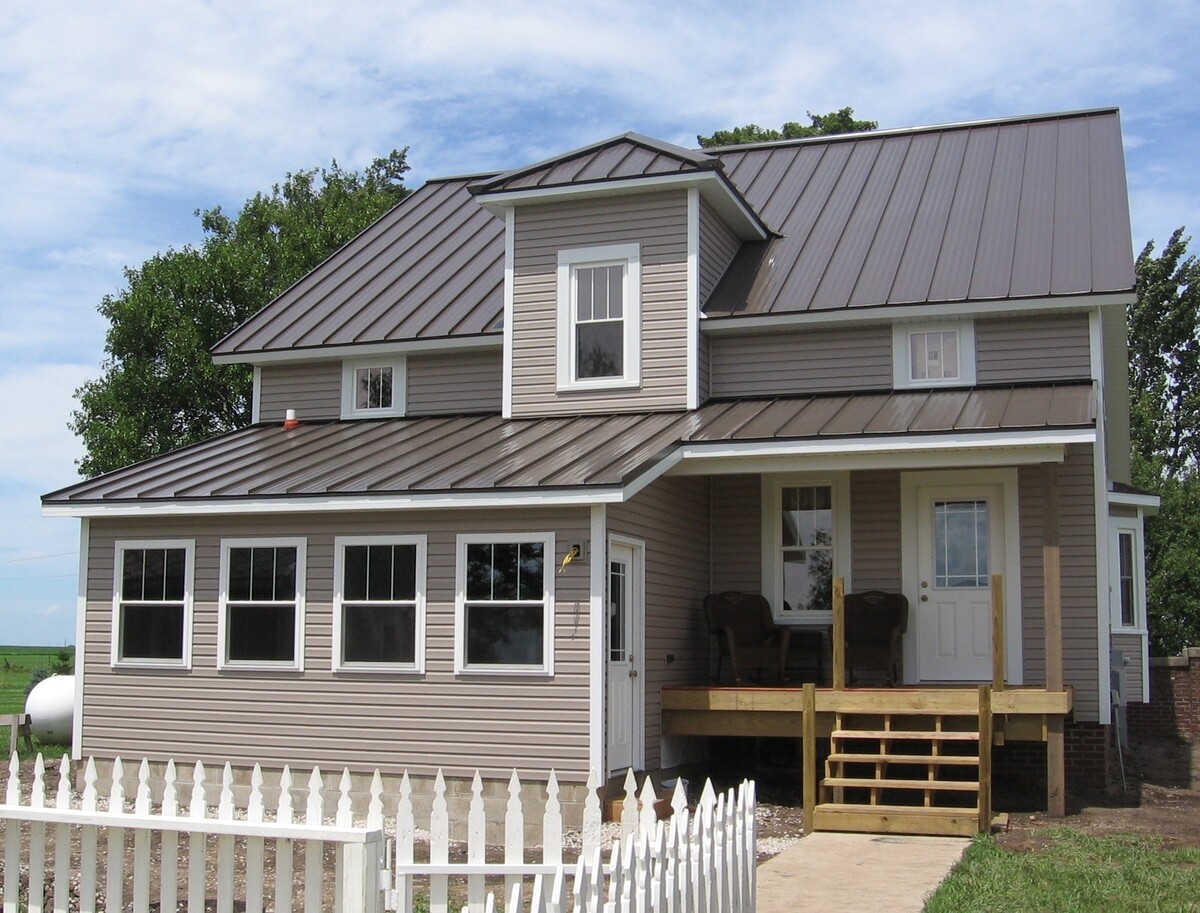
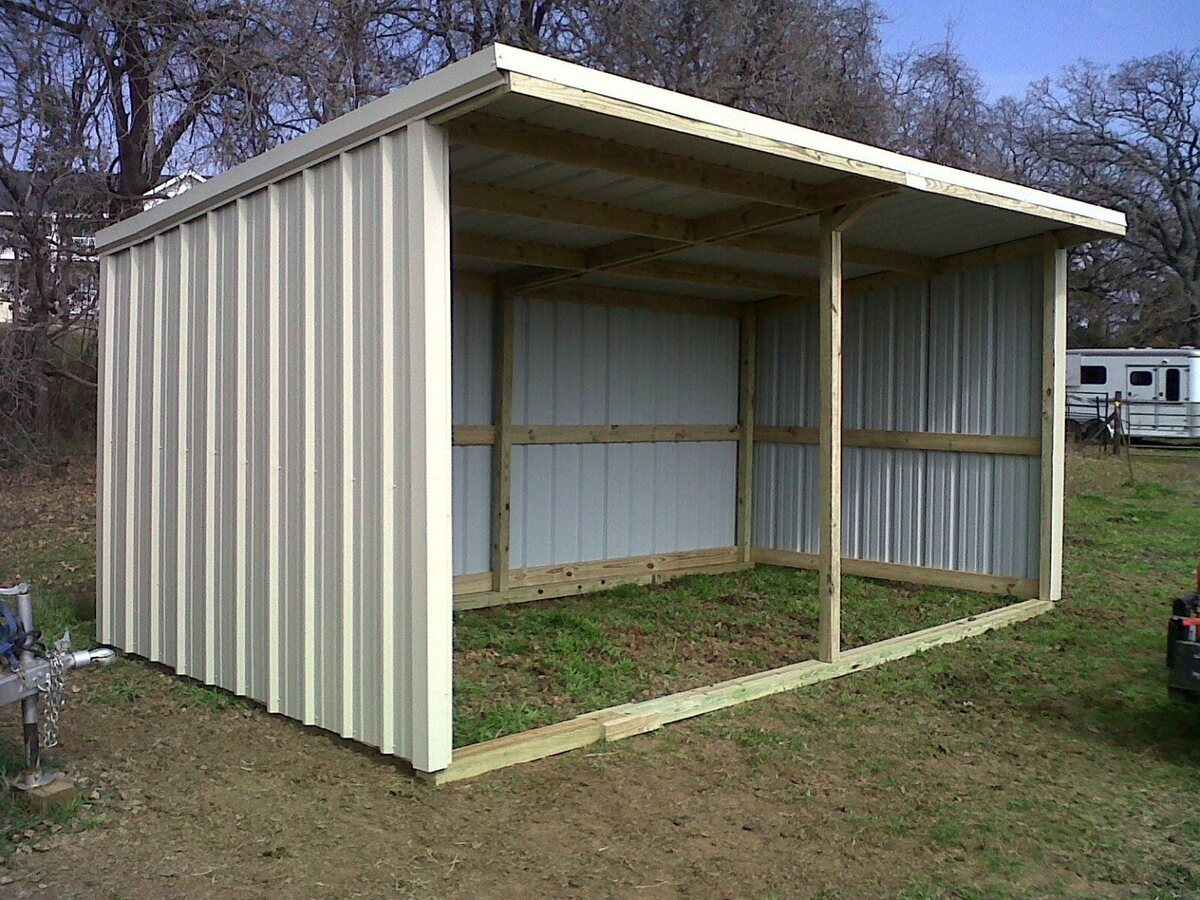
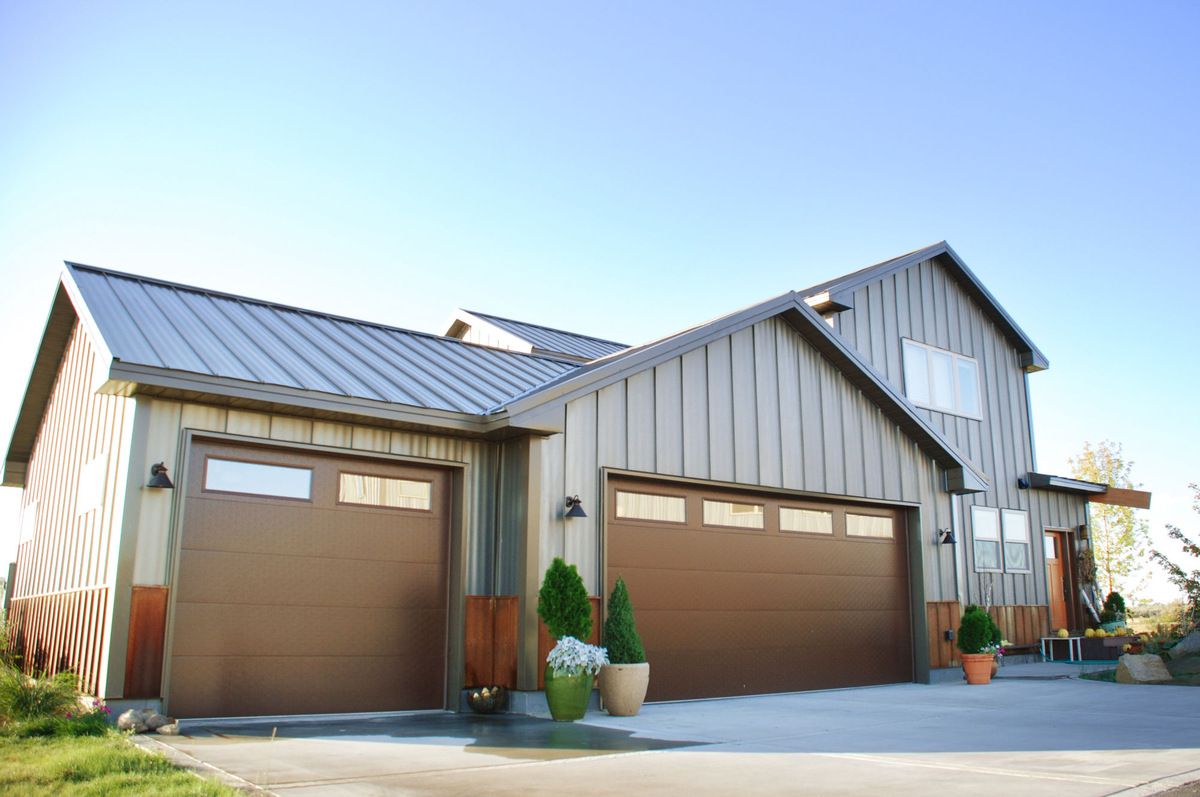
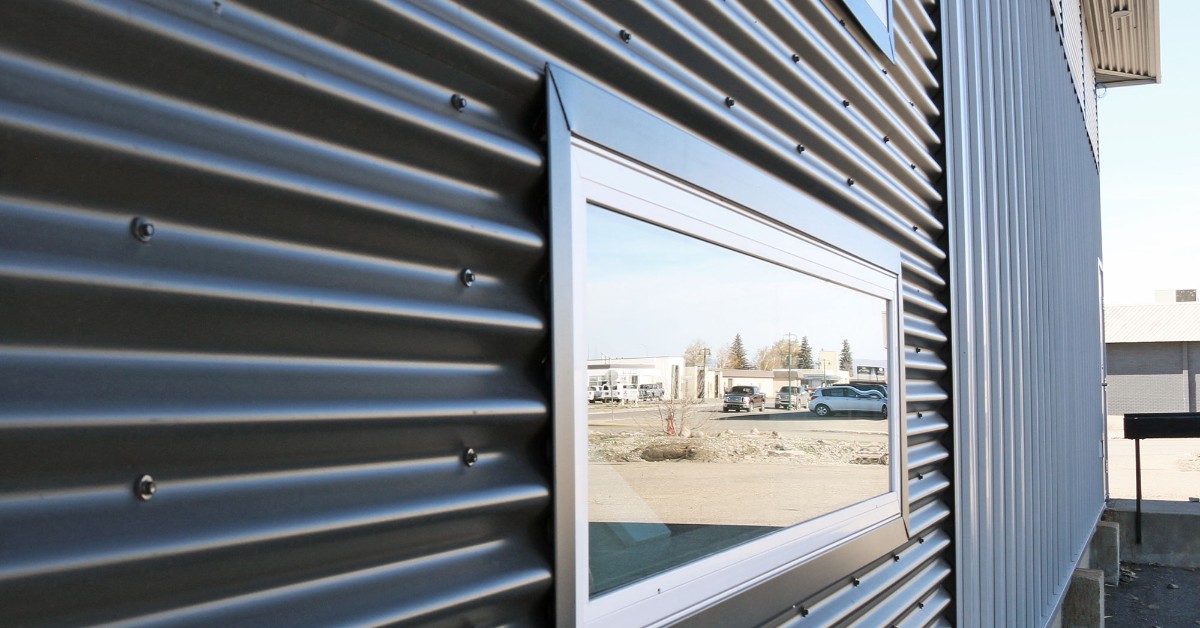
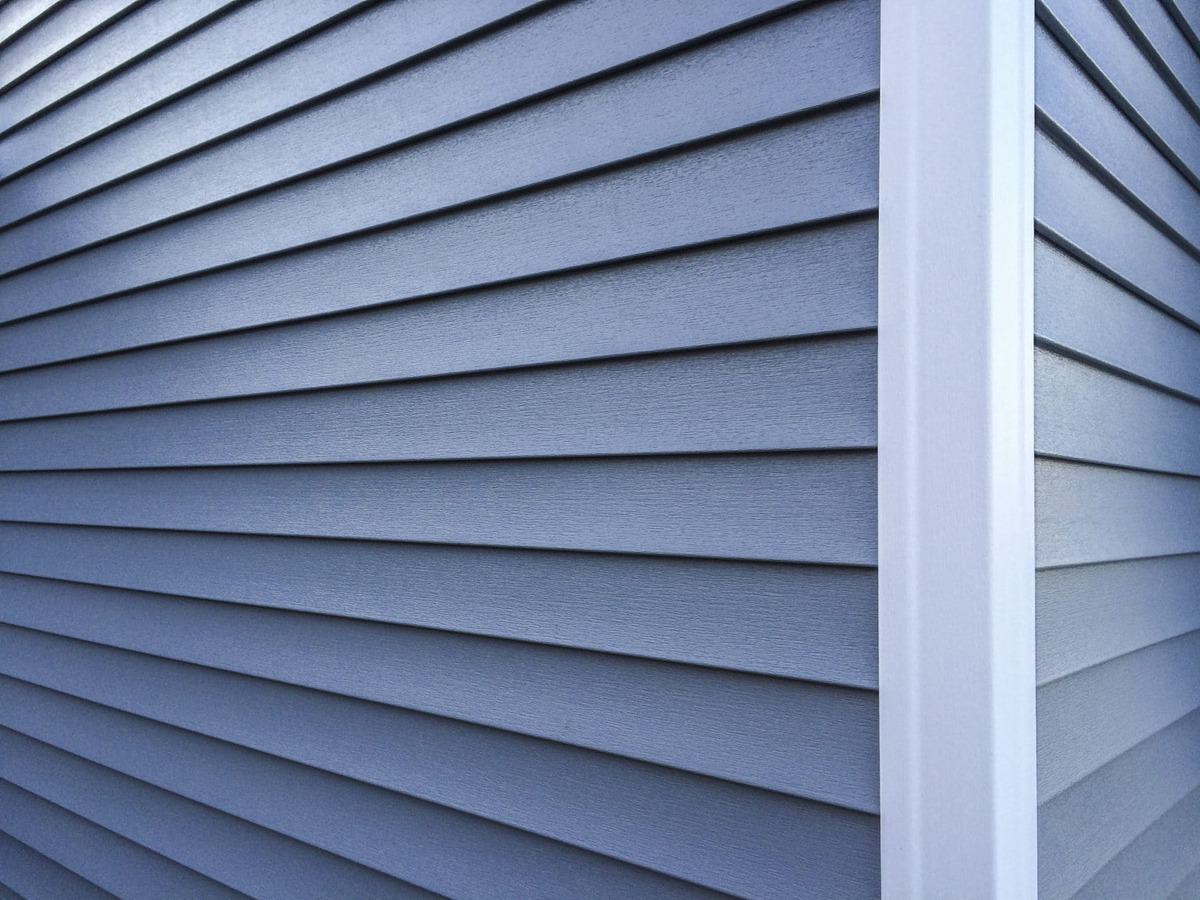
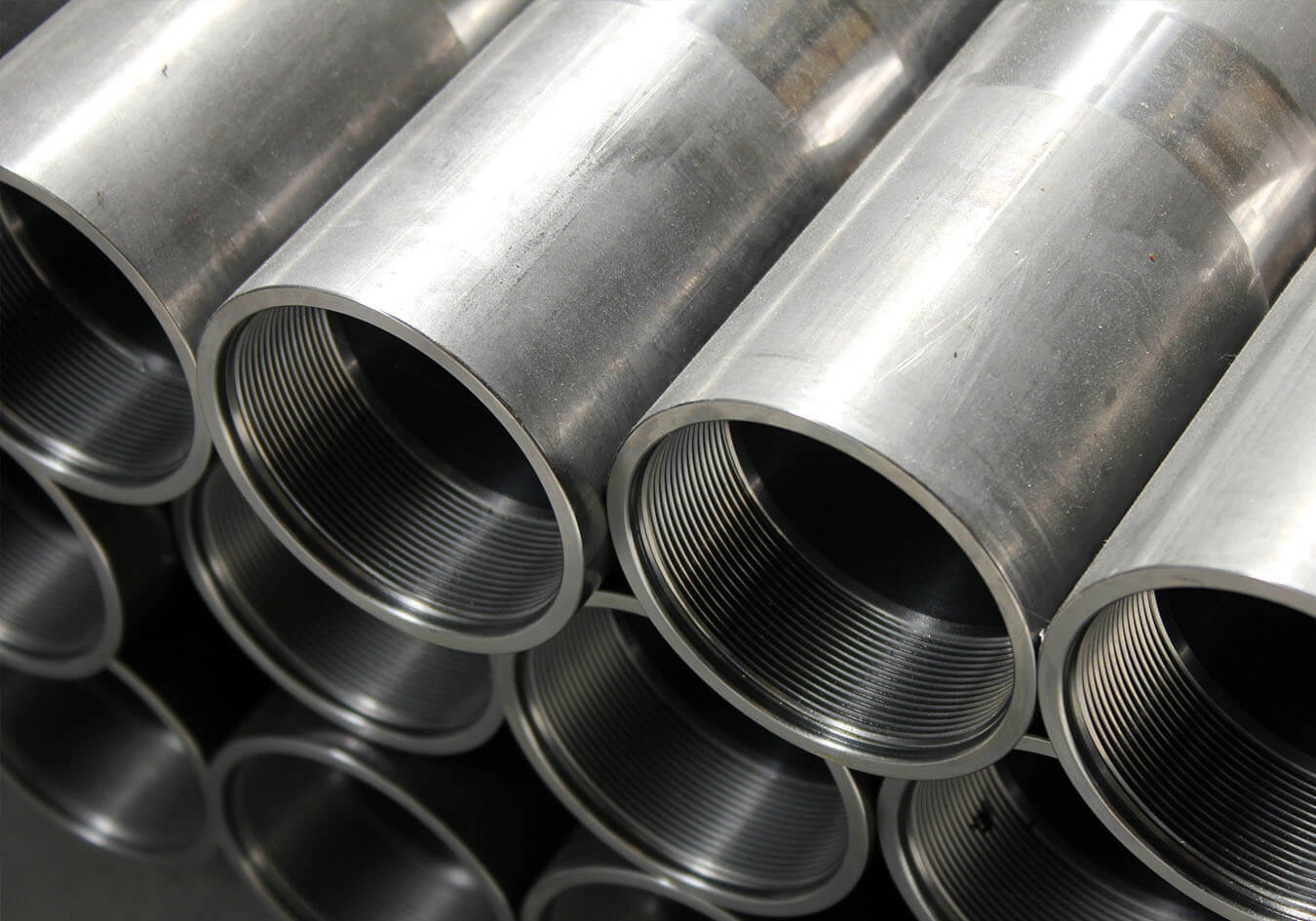
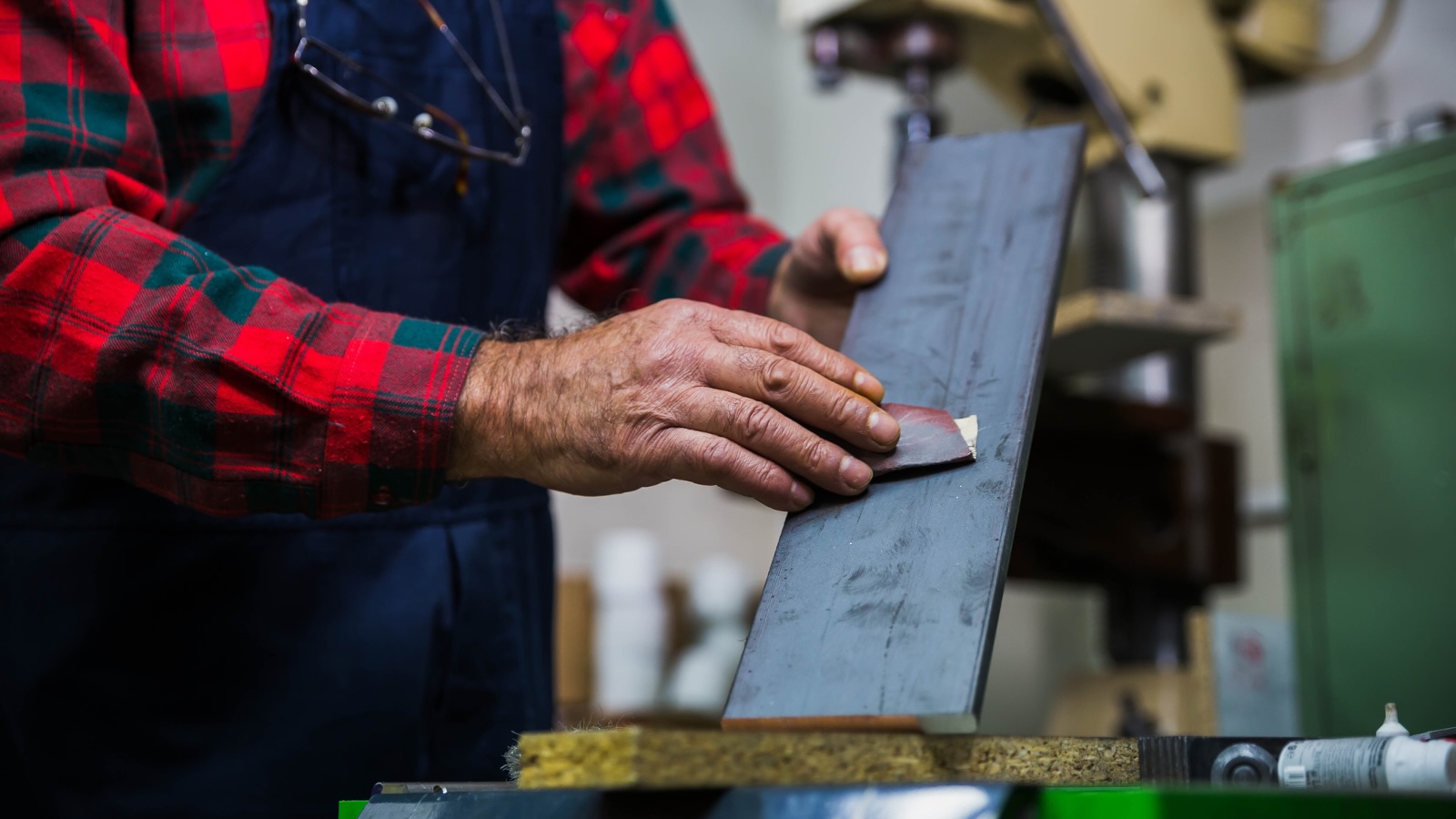
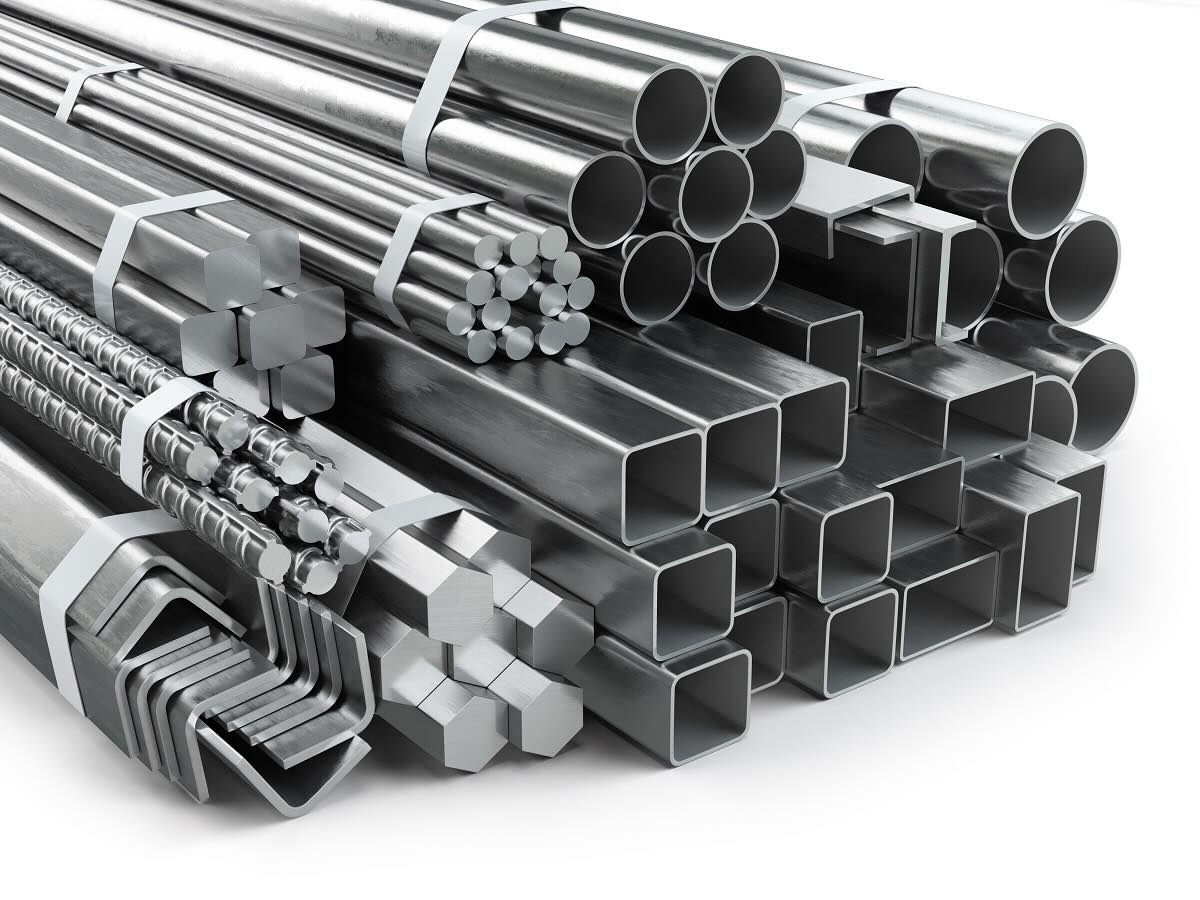
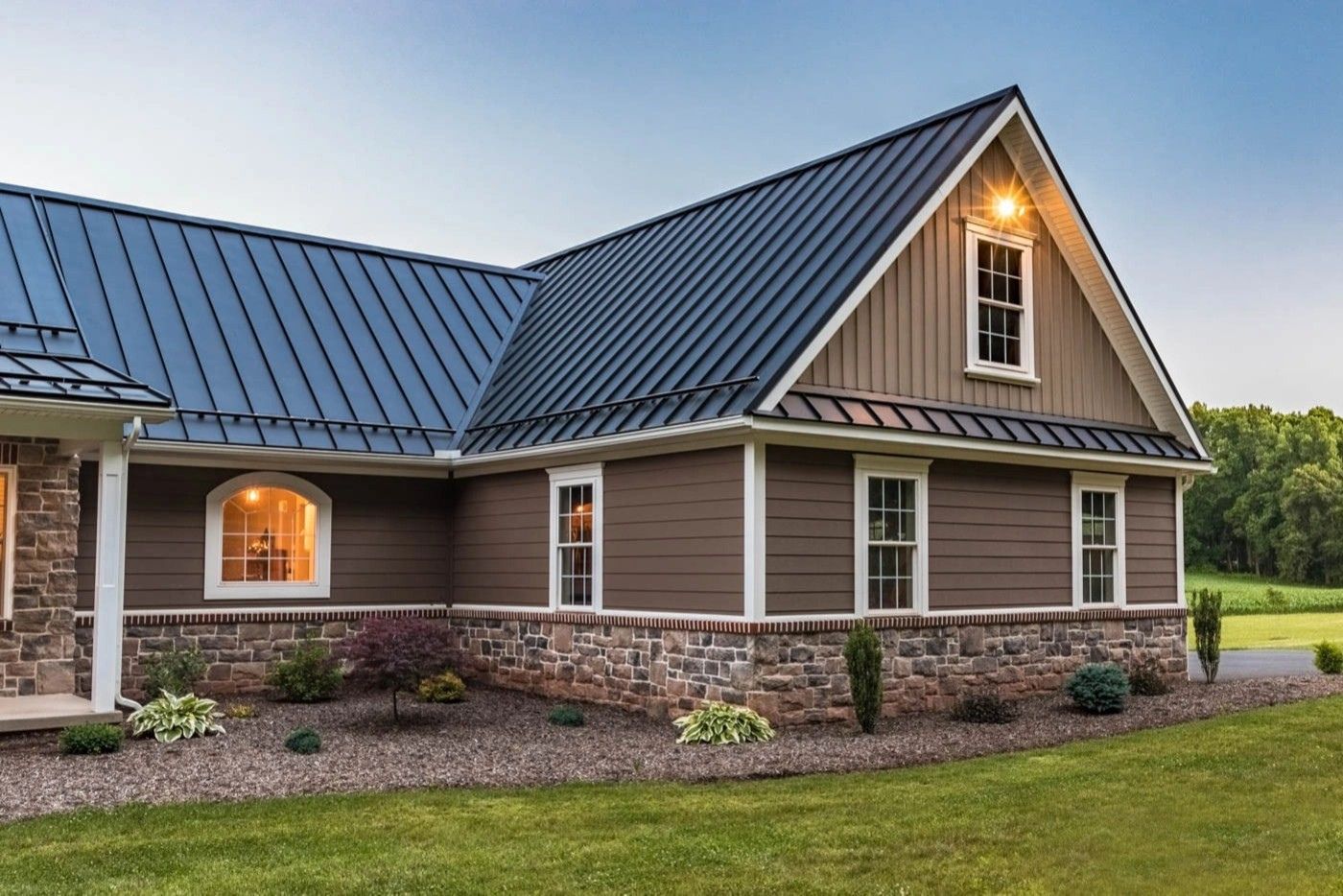
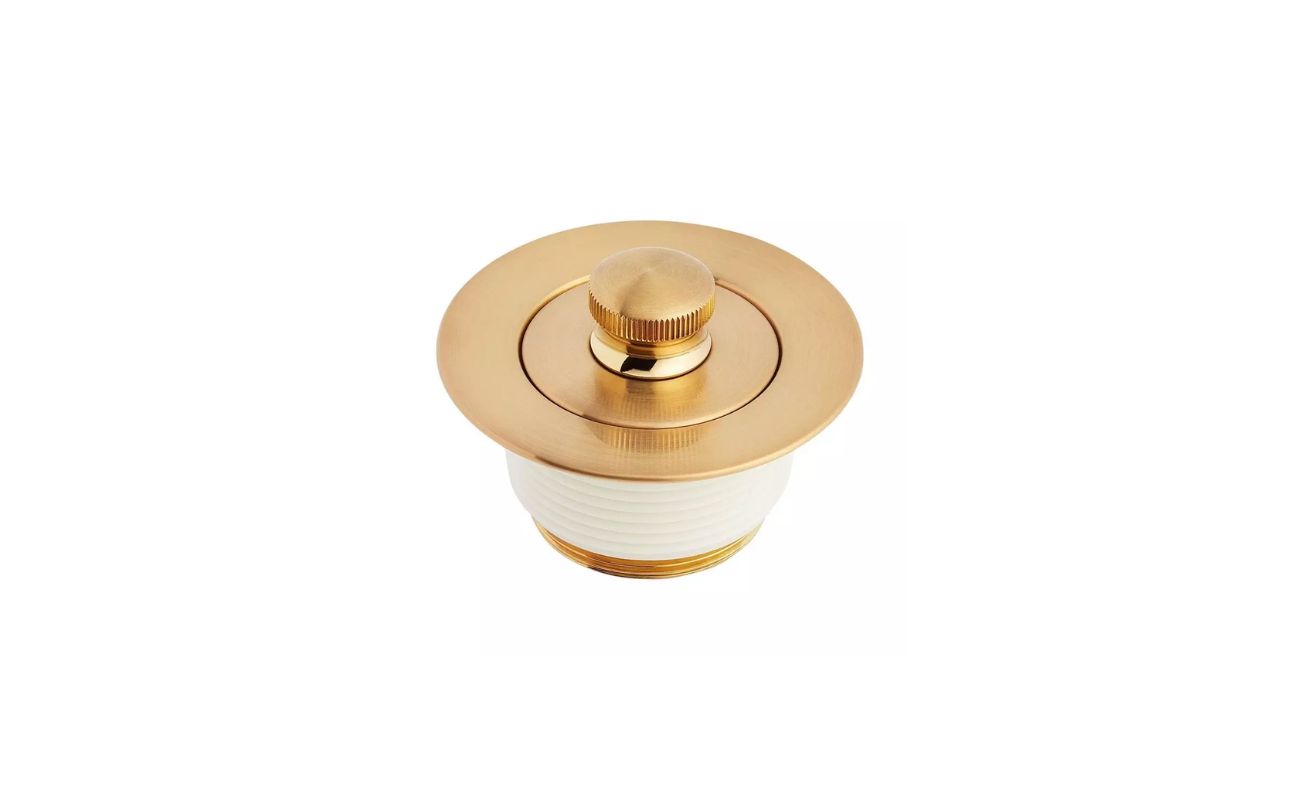
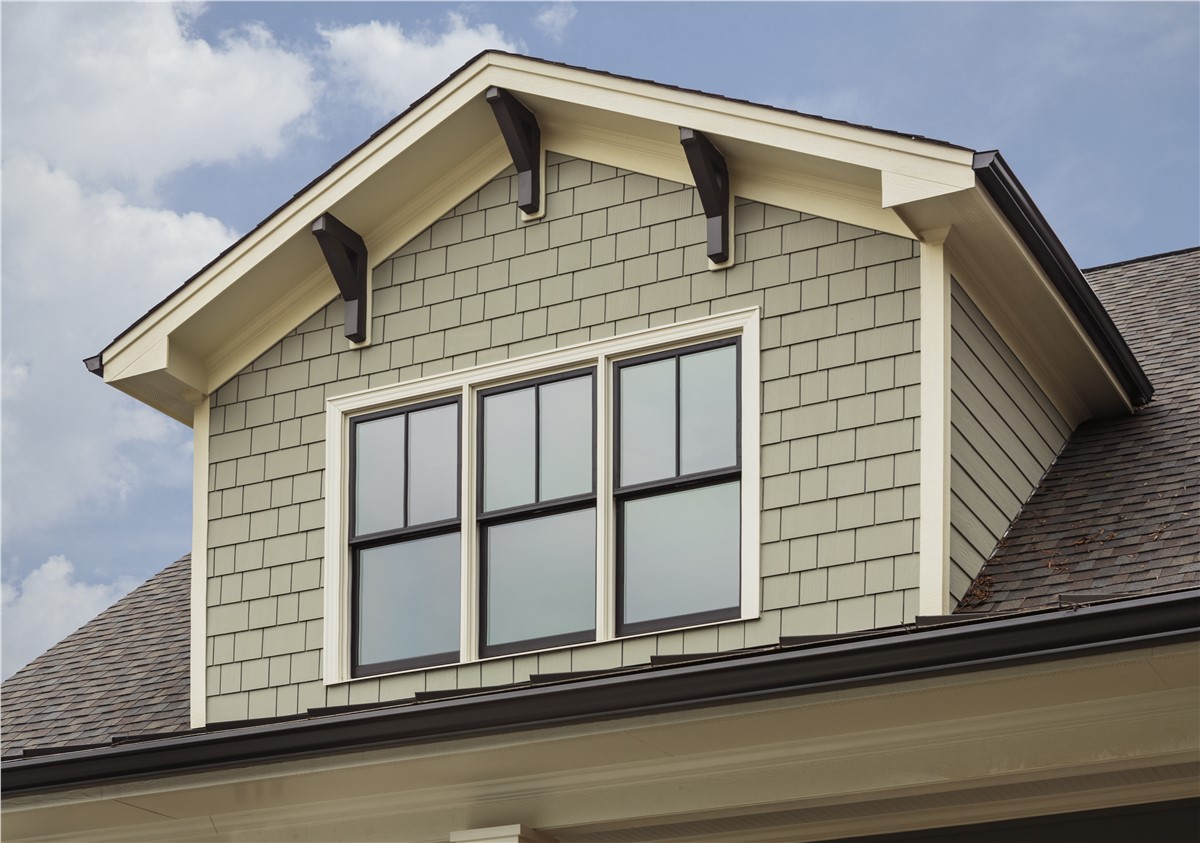
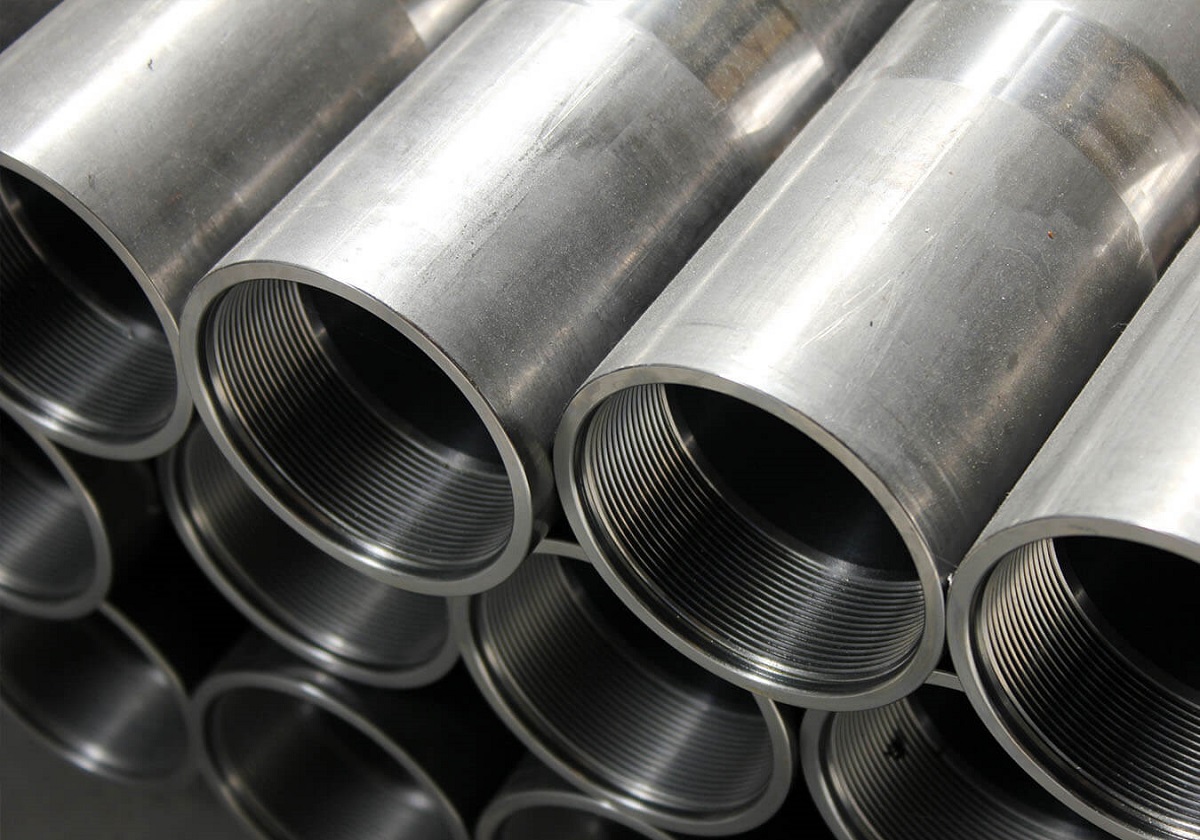
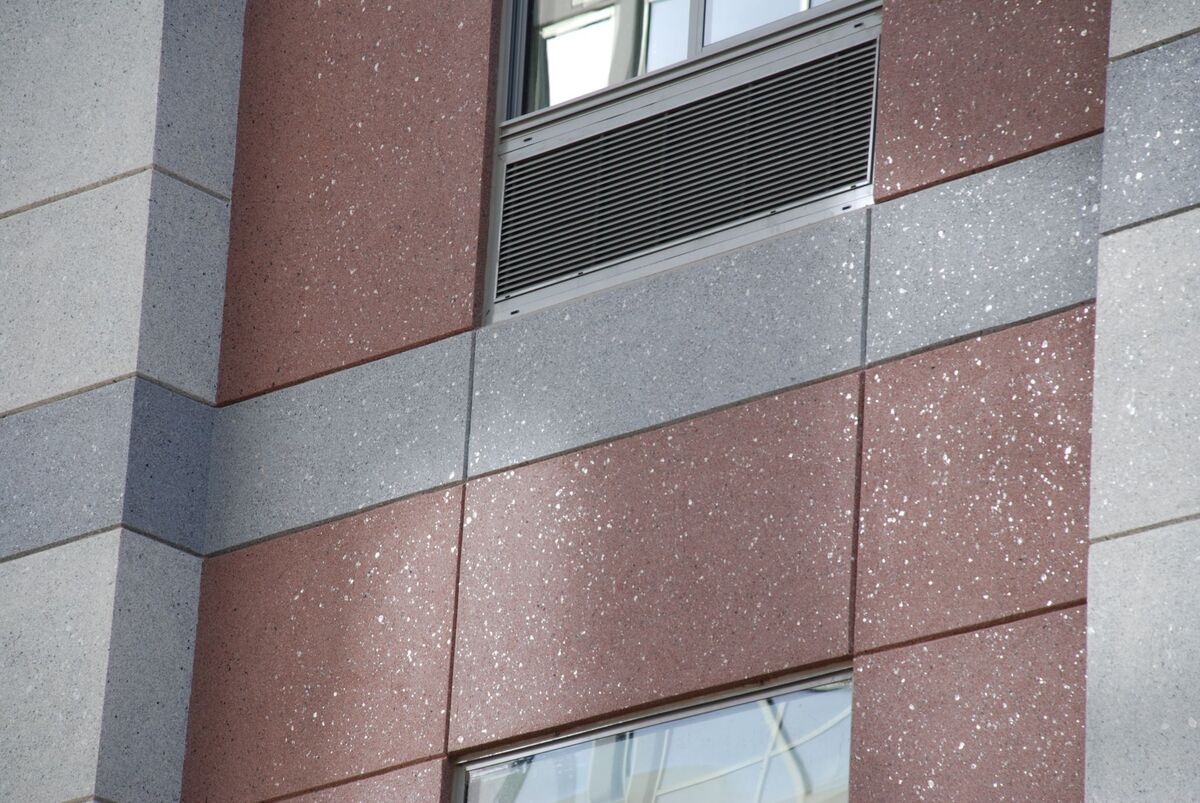
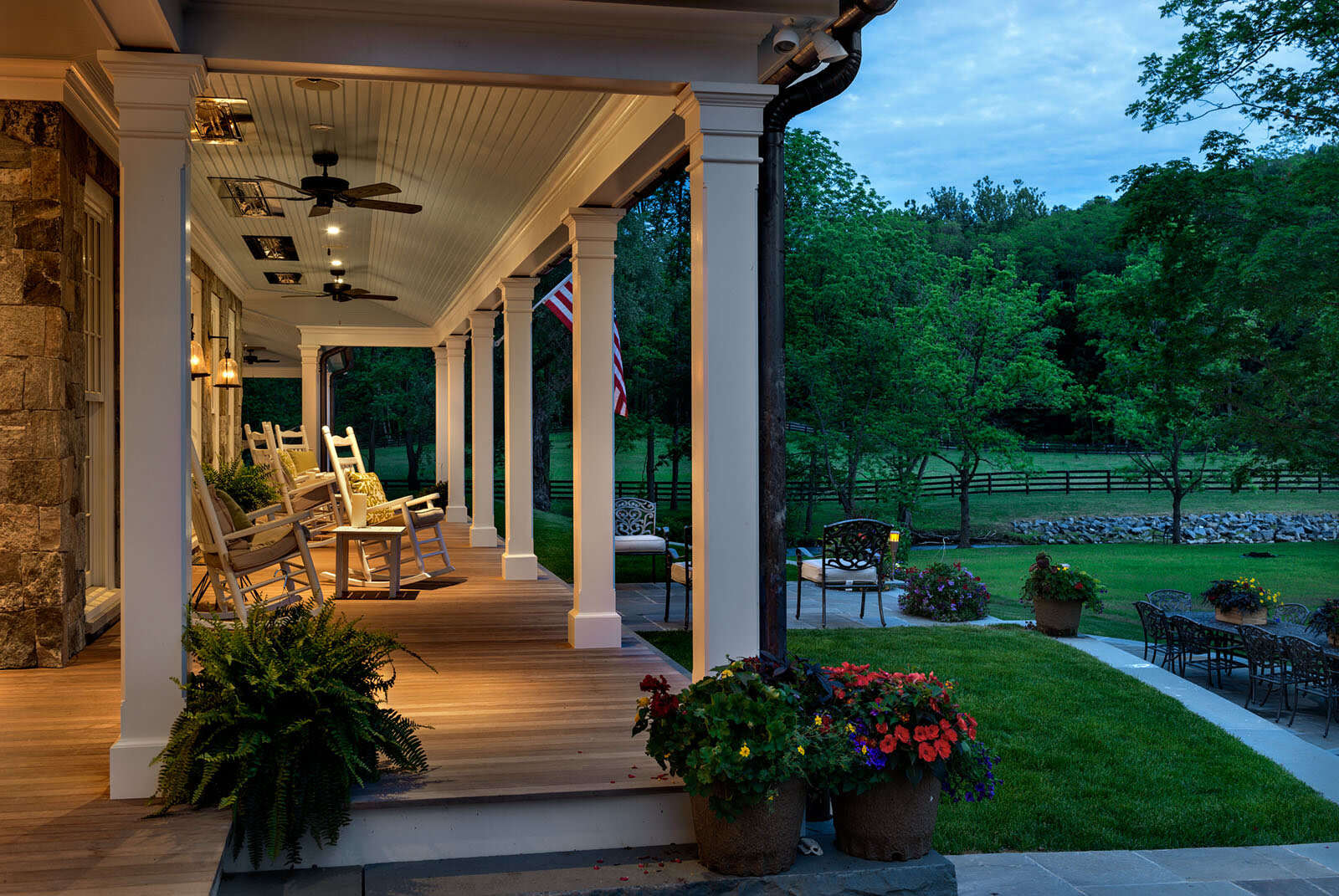

0 thoughts on “What Is Metal Siding”